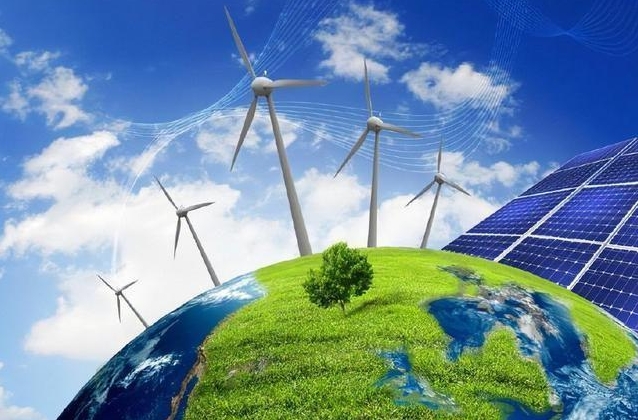Carbon capture and storage, or CCS, is an emerging technology that the administration of President Joe Biden says is vital to help fight climate change. CCS plants aim to pull carbon dioxide emissions from fossil fuel plants before they reach the atmosphere for storage underground.
Many environmentalists oppose CCS, saying it has a history of failure and could extend reliance on fossil fuels.
Project Tundra, in Center, North Dakota, which is adjacent to the Milton Young lignite coal plant got $350 million. Senator Kevin Cramer, a Republican, said in a release it will be a "major feather in the cap for North Dakota's innovative energy system, keeping miners on the job while putting clean, reliable electricity on the grid."
The Energy Department said the projects have the potential to prevent about 7.75 million metric tons a year of CO2 from being released, equal to the emissions of about 1.7 million gasoline-powered cars.
Other projects getting the 2021 bipartisan infrastructure law funding include a CCS system at the Baytown Energy Center natural gas plant in Texas, and one at the Sutter Energy Center gas plant in Yurba City, California.
A Congressional Budget Office report said this week there are 15 CCS plants operating in the U.S. with the capacity to capture just 0.4% of the country's annual CO2 emissions. Almost all of the plants recoup some of their costs by pumping CO2 into aging oilfields to squeeze out more crude.
CBO said the extent to which CCS will be used in the future is "highly uncertain" depending on changes in the costs and availability of pipeline networks to transport CO2.
